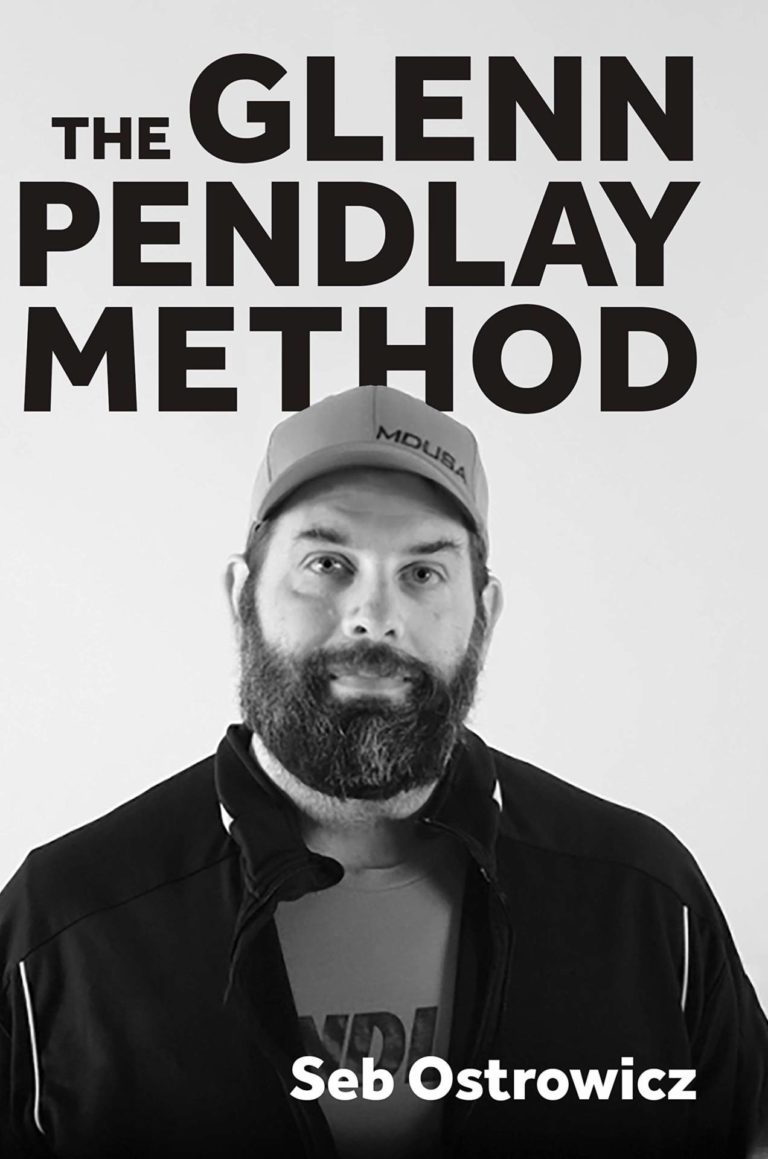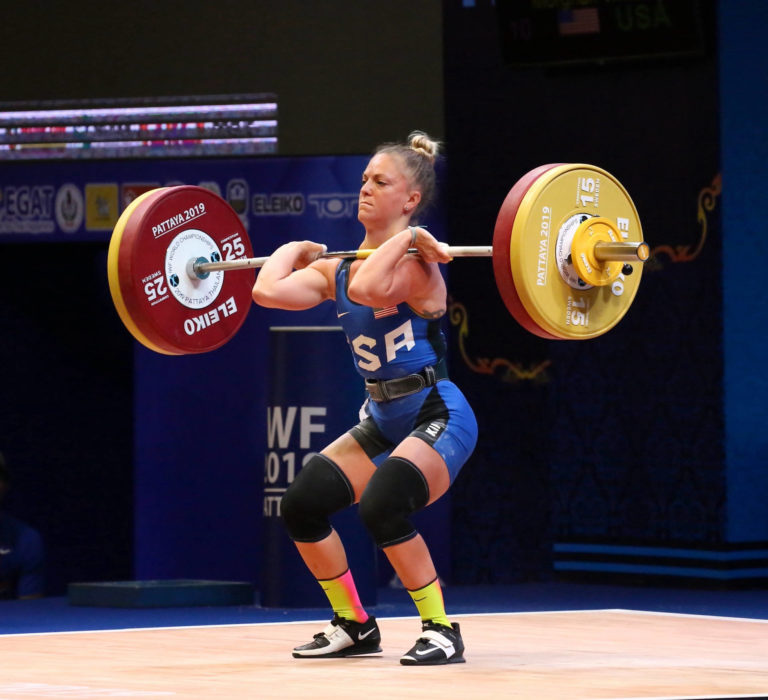Strengh Sensei Bookshelf
The Glenn Pendlay Method by Seb Ostrawicz
A look at the life and lifting of an elite weightlifting coach
Based on the title, you would think The Glenn Pendlay Method is a book about training. It is, more specifically, the training of weightlifters. But there’s much more as the book also chronicles Glenn Pendlay’s journey to becoming one of the most successful and innovative weightlifting coaches in the US.
The book was written by Seb Ostrowicz, a weightlifter, writer, and social media influencer that Pendlay coached. Ostrowicz begins with a biography of Pendlay. Pendlay was a multi-sport athlete in his youth, and his favorite sport was wrestling. In his senior year, his goal of stepping up to the collegiate level was stolen when he seriously injured his shoulder in a state wrestling tournament.
During his rehabilitation, Pendlay got involved in powerlifting and became strong, brutally strong. Among the strength lifts Ostrowicz says Pendlay accomplished were an 800-pound squat (to a box below parallel), a 550 x 5 front squat, a 500 bench press, and a 393 strict military press (so much for that shoulder injury!).
At an international powerlifting meet, Pendlay was approached by
accomplished weightlifting coach Aleksey Medvedev. Medvedev wrote many classic weightlifting textbooks that influenced the training methods developed by Louie Simmons of the Westside Barbell Club.

Pendlay received personal coaching from the Russian legend and was bitten by the weightlifting bug. Pendlay’s commitment to his new passion enabled him to put up some powerful numbers. Ostrowicz wrote that Pendlay’s bests in weightlifting included a 370 snatch and a 462 clean and jerk. He also push pressed 440 pounds.
During his peak lifting years, Pendlay worked equally on training his brain. He earned his undergraduate degree in Kinesiology from Kansas State
University and went on to earn his master’s at Midwestern State University (MSU) in Wichita Falls, Texas. His focus area at MSU was the endocrine
system, specifically studying the testosterone/cortisol ratio and how it affects athletic performance.
Gradually, Pendlay transitioned into coaching. He coached athletes on three weightlifting teams that became powerhouses in USA Weightlifting
competitions: Wichita Falls, a team he started; California Strength; and MuscleDriver USA. Besides his coaching excellence, Pendlay was able to
find his athletes significant amounts of sponsorship money to train the way elite weightlifters needed to train.

After discussing Pendlay’s background, The Glenn Pendlay Method moves to “Part II: Principles” and finally “Part III: Methods.” That is, from theory
to practical application.
As he became a student of Iron Game, Pendlay found that many of the popular weightlifting systems had serious drawbacks. He liked the Russian
system of teaching the sport but challenged the intensity prescriptions of their workouts. He liked many aspects of the Bulgarian system but believed the time demands and severity of these works made it impossible to implement in the US. What Pendlay believed, without question, was that if you wanted to lift bigger weights, you needed to get stronger. He also knew that the individual who knew more about strength than anyone else was Louie Simmons.
These influences lead Pendlay to come up with a hybrid of several training systems. As Bruce Lee said, “Absorb what is useful, reject what is useless, add what is essentially your own.” For example, Pendlay, like Simmons, liked using bands to improve his strength. Bands were not a training tool used by Bulgarian and Russian lifters, but he believed bands could help not just with squatting strength but also with the classical lifts to improve acceleration.
Even those who disagree with Pendlay’s overall training system will find many gems that any serious weightlifter or weightlifting coach can come away with by reading this book. And the author made it easy to understand the content with many easy-to-understand tables and graphs.
One training method Pendlay found useful for improving lifting technique was called EMOM, which translates into “every minute on the minute.” This method involves performing a single repetition every 60 seconds. Pendlay found that the first rep of a set tends to be the best from a technical perspective, so by performing EMOMs, you increase your chances of performing higher quality repetitions. This book devotes an entire chapter to the details of EMOMs.
In December 2013, Pendlay suffered a stroke and fell into a coma for two months. He beat that and made a triumphant return to coaching, but in July 2019, he was diagnosed with stage 4 cancer. Glenn Pendlay died on September 5, 2019. Osttowicz’s book, The Glenn Pendlay Method, will help ensure that the Glenn Pendlay story is told and that his legacy will live on.
[You can purchase Seb Ostrowicz’s The Glenn Pendlay Method at Amazon.com]
The Dojo of Strength is an online membership site dedicated to sharing the latest content in strength training and nutrition. Join to community to receive new programs for performance or body composition, exclusive content from Charles Poliquin, and articles written by our coaches and partners.
